
Advanta Total Health
Experience A More Confident You.
Imagine feeling good, then looking good, then feeling youthful and vibrant!
Schedule My Consultation
Our Promise To You
Balance and Beauty Through Anti-Aging Cosmetics & Wellness Services
You have a vision for your ideal self, both in appearance and in health. Our goal is to help you realize that vision.
With a range of cosmetic aesthetic treatments and chiropractic care, we offer a holistic approach to beauty and well-being in a secure and private environment.
Let's collaborate to enhance your natural beauty and optimize your wellness, ensuring you not only look the way you desire but also feel vibrant and confident every day.
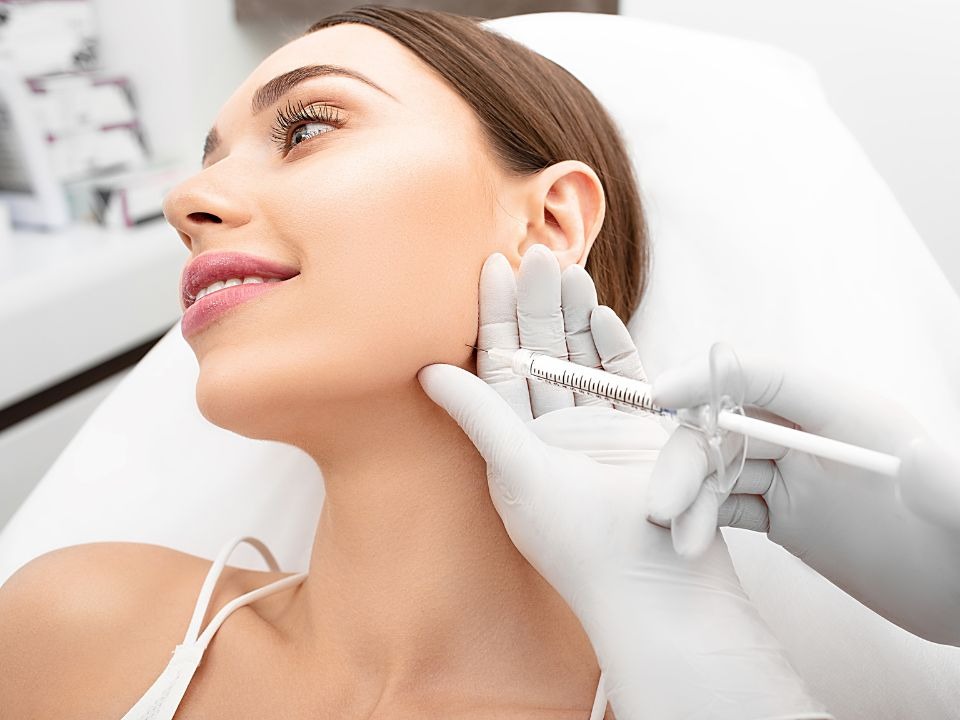
Our Aesthetic Services
Cosmetics Solutions So You Can Look Your Best
Non-surgical options to help you look your absolute best!
Botox
Botox smooths wrinkles, rejuvenates skin, and offers a youthful, refreshed appearance with quick, minimally invasive treatments.
Dermal Fillers
Dermal fillers restore volume, enhance facial contours, and diminish wrinkles for a naturally youthful and radiant look.
PRP (Platelet-Rich Plasma Treatments
PRP cosmetic treatments promote natural healing, rejuvenate skin, and enhance collagen production for a vibrant, youthful glow.
Mesotherapy
Mesotherapy targets and reduces cellulite, offering smoother, firmer skin with its specialized, minimally invasive injections.
Call Us Today To Schedule Your Consultation (770) 955-2225
Listen To What Our Clients Say…
Because It’s Our Clients That Matter Most.

I've been going for years now. My complexion looks wonderful!!! I'm so pleased!


Charley Smith
This place is awesome!
From chiropractic needs to Botox, this is the spot!


Dermal Filler Special Offer!
Only $899 $438!
SPECIAL FOR NEW PATIENTS
Our dermal fillers will:
- Enhances Facial Volume: Ideal for cheeks, lips, and under-eyes.
- Contours Facial Features: Useful for sculpting the jawline, nose, and chin.
- Smooths Wrinkles: Effective in reducing lines around the mouth, forehead, and eyes.
- Immediate Results: Visible improvements right after treatment.
- Natural-Looking Enhancement: Avoids an overdone appearance
- Stimulates Collagen Production: Improves skin texture and firmness.
"GET MY VOUCHER!"
Calling All MEN!
Who else is ready to revolutionize your health and vitality?
Unlock the Power of Healing: PRP Therapy for Men
Discover the groundbreaking solution in men's health—PRP Therapy.
This innovative, regenerative medicine taps into your body's own healing capabilities, offering a natural path to rejuvenation and strength.
PRP (Platelet-Rich Plasma) Therapy is at the forefront of medical advancements, utilizing the potent healing factors in your blood to repair, regenerate, and revitalize. It's a game-changer for men seeking to enhance their well-being in areas that matter most. Such as...

JOINT HEALTH
Move freely and without pain. PRP therapy aids in the repair of damaged cartilage and tissues, alleviating joint pain and improving mobility.

PAIN REDUCTION
Experience significant pain relief without the need for invasive surgery or dependency on pain medication. PRP therapy addresses the underlying issues, promoting long-term health.

SKIN REJUVENATION
Turn back the clock and achieve youthful, radiant skin. PRP therapy stimulates collagen production, reducing wrinkles, improving overall skin texture.

ERECTILE DYSFUNCTION
Reclaim your confidence and vitality. PRP therapy offers a discreet and effective solution to ED, enhancing blood flow and tissue health for lasting improvements.

SCALP & HAIR HEALTH
Combat hair loss and stimulate growth. PRP targets the root cause of thinning, encouraging new hair growth and thicker, fuller hair.

SPORTS INJURY RECOVERY
PRP therapy can accelerate the healing process of sports-related injuries by promoting tissue regeneration. It's particularly useful for muscle strains, tendonitis, and ligament tears.
Imagine a life where age does not dictate capability,
where your body heals naturally and efficiently.
With PRP Therapy, this is not just a possibility—it's a reality.
Embrace a treatment that aligns with your body's natural processes, is minimally invasive, and has little to no downtime.
Join the multitude of men who have experienced transformative results, enhancing their quality of life and achieving their health and wellness goals.
Don't let another day pass wishing for a change. It's time to take action and step into a new chapter of health and vitality.
Contact us today to schedule your consultation and discover how PRP Therapy can redefine your health journey.
Call Us To Book or Ask a Question
Your Recovery, Our Priority: Expert Personal Injury Care
Suffered an Injury? Let Our Expertise Be Your Relief.
Injuries can turn your world upside down. But here, you're not just another case; you're our commitment. Our team, skilled in advanced personal injury treatments, is here to restore not just your health, but your peace of mind.
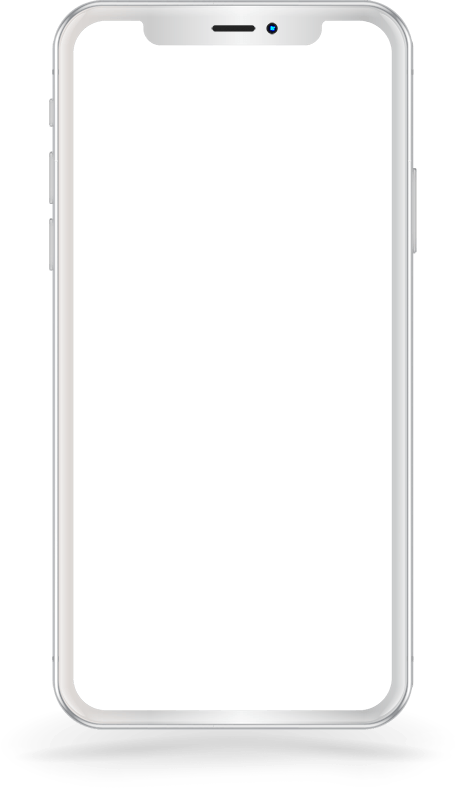

SPECIALIZED CHIROPRACTIC EXPERTISE
Our clinic excels in advanced chiropractic techniques, ensuring a targeted approach to your injury recovery. We specialize in spinal health and musculoskeletal injuries, providing care that’s both effective and non-invasive.
PROVEN TRACK RECORD
With years of experience in personal injury treatment, our clinic has become a trusted name in chiropractic care. We’re dedicated to helping you regain your strength and mobility.
ATTORNEY-FREE PROCESS (OPTIONAL)
We offer a streamlined, attorney-free approach to personal injury care, saving you time and money. Our focus is solely on your health and recovery.
PERSONALIZED INJURY CARE
We understand that no two injuries are the same. Our dedicated team offers personalized treatment plans, carefully crafted to meet your specific needs and promote faster healing.
COMPREHENSIVE INJURY MANAGEMENT
From initial assessment to ongoing therapy, we offer a complete range of services to address all aspects of your injury. This includes pain management, rehabilitation exercises, and patient education to prevent future injuries.
STATE-OF-THE-ART DIAGNOSTICS
We employ the latest diagnostic tools to accurately assess your injuries. This precision allows us to develop the most effective treatment plan for your specific condition.
We Have Every Major Chiropractic Tool and Technique For Your Best and Fastest Recovery
Trigger Point Injections
PRP Knee Injections
Peripheral Neuropathy Treatment
Decompression
Pain Management
Scoliosis Management
Low Back Pain
Joint Pain
Spinal Decompression
Sciatica Leg Pain
Disc Herniation
Failed Back Surgery Treatment
Get Your Personal Injury Consultation Scheduled Today
Book My Personal Injury Consultation
Botox®: Age-Defying Beauty
Botox, a game-changer in aesthetic medicine, is a purified botulinum toxin known for effectively softening and reducing facial wrinkles, offering a smoother, youthful look.
- Dynamic Wrinkle Reduction: Targets wrinkles like frown lines, crow's feet, and forehead lines.
- Minimally Invasive: Quick, non-surgical injections for convenient, effective treatment.
- Quick and Lasting Results: Noticeable improvements in days, lasting 4-6 months.
- Preventative Action: May slow the formation of new wrinkles with regular use, which is why younger, not just older are using it more and more.
- Safety and Approval: Widely recognized and approved for its safety in professional hands.
- Beyond Beauty: Also treats medical issues like chronic migraines and excessive sweating.
Our clinic offers expert, personalized Botox treatments, blending beauty with science for a revitalized appearance. Got questions? Ready to get started? We are here to serve you at (770) 955-2225.

Restylane®: Rediscover Your Radiance
Discover Restylane, a leading choice in the world of dermal fillers, designed to rejuvenate and enhance your natural beauty. Crafted from hyaluronic acid, a substance naturally occurring in the body, Restylane offers a range of benefits for those seeking a refreshed, youthful appearance. Key Benefits are:
Volume Restoration: Perfect for restoring lost volume in areas like cheeks and lips, giving you a fuller, more youthful look.
Wrinkle Smoothing: Effectively smooths out static wrinkles and fine lines, especially around the mouth and nose, for a smoother skin texture.
Safe and Biocompatible: Made from a substance naturally found in the skin, ensuring compatibility and reducing the risk of allergic reactions.
At our clinic, we are committed to providing personalized Restylane treatments, tailored to meet your individual aesthetic goals. Our expert team ensures the highest standards of safety and care, helping you achieve the natural, rejuvenating results you desire with Restylane. Share your questions or get started by calling us at (770) 955-2225.
PRP (Platelet Rich Plasma) Therapy
- PRP (Platelet-Rich Plasma) Therapy uses your own blood's platelets, concentrated with growth factors, to promote healing and regeneration.
- Perfect for skin rejuvenation, combating hair loss, and aiding in the healing of injuries.
- The process involves a simple blood draw, followed by a special treatment to concentrate platelets, which are then reinjected into the desired area.
- Renowned for its natural healing properties, PRP is an ideal choice for those seeking an organic approach to beauty and wellness.
- Since PRP uses your own biological material, it minimizes the risk of allergic reactions.
Experience the transformative power of PRP Therapy. Call us at (770) 955-2225 today and take the first step towards natural, holistic healing and rejuvenation.

Discover the Magic of Mesotherapy
- Mesotherapy is a minimally invasive procedure that rejuvenates and tightens the skin by delivering nourishing substances directly into the mesodermal layer.
- Ideal for improving skin tone, reducing the appearance of cellulite, and promoting hair growth.
- The treatment involves micro-injections of vitamins, enzymes, hormones, and plant extracts to rejuvenate and tighten skin.
- Known for its versatility, Mesotherapy can address a range of concerns from skin hydration to targeted fat reduction.
- Suitable for various areas, including the face (especially the chin), neck, arms, tummy, legs, scalp, and even the buttocks.
- Minimal downtime, making it a convenient option for those with a busy lifestyle.
Elevate your skin's health and appearance with Mesotherapy. Schedule a session and embrace a more radiant you. Call us at (770) 955-2225.
CALL US TODAY
Some Common Myths About Aesthetic Treatments
“Fillers are always noticeable and unnatural.”
Truth: When administered by skilled professionals, fillers can look very natural, enhancing features subtly.
“Dermal fillers are extremely painful.”
Truth: Most fillers contain lidocaine, a numbing agent, and the procedure is generally well-tolerated with minimal discomfort.
“Once you start getting fillers, you can't stop.”
Truth: Fillers are not addictive, and you can choose to stop treatments anytime without adverse effects.
“Any beauty salon can administer fillers safely.”
Truth: Fillers should only be administered by qualified healthcare professionals to ensure safety and proper technique.
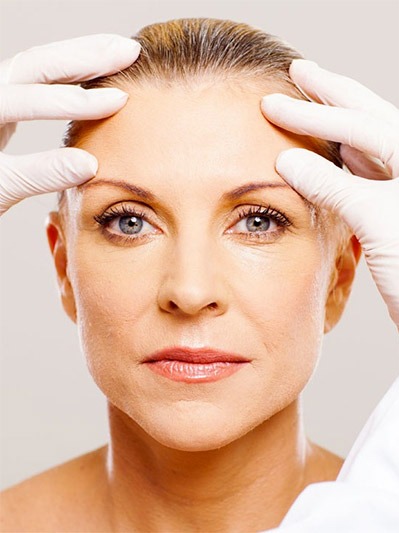

We believe in nurturing well-being from the inside out, aiming to strike a balance that enhances vitality. Our comprehensive care includes cosmetic and anti-aging treatments, such as dermal fillers and personalized injury care, tailored to meet your aesthetic objectives while supporting overall health.
Join us at Advanta Total Health for a journey towards complete health and beauty, where every service is designed to elevate your wellness in every aspect. Get in touch to explore how we can assist you in achieving optimal health and a radiant appearance.
Frequently Asked Questions
If you're uncertain about which service would be best for your needs, your not alone! Many of our new patients want to know. The ideal first step is to schedule a consultation with us. During the consultation, our experts will assess your individual concerns, discuss your aesthetic goals, and recommend the most suitable treatment options for you.
Good candidates for cosmetic treatments are typically individuals looking to address specific aesthetic concerns such as aging signs, wrinkles, skin laxity, volume loss, or uneven skin texture. Each treatment has its unique criteria, so we assess factors like overall health, skin condition, and personal goals during the consultation to determine the best approach.
Yes, the treatments we offer are safe when performed by our qualified and experienced professionals. They are FDA approved for specific uses and have a proven safety record. We ensure that every procedure is tailored to the individual, adhering to the highest safety standards, and we provide detailed information on the benefits and any potential risks during the consultation.

Call Us Today To Schedule A Free Consultation (770) 955-2225
Easy To Find & Convenient Hours
BOOK A CONSULTATION